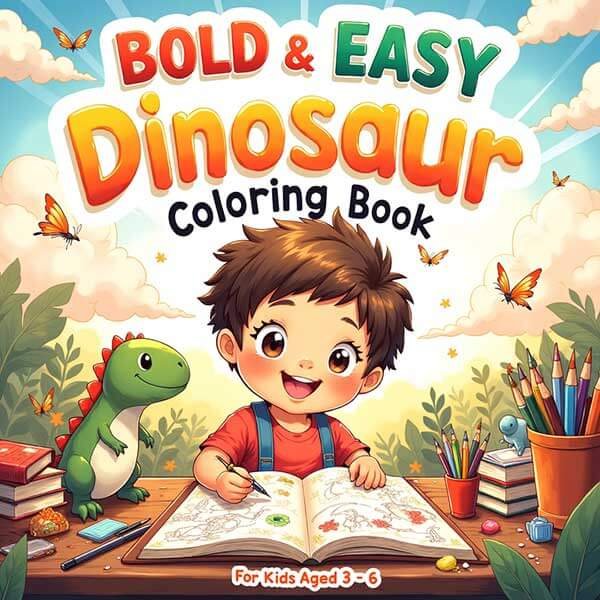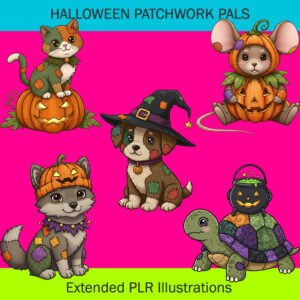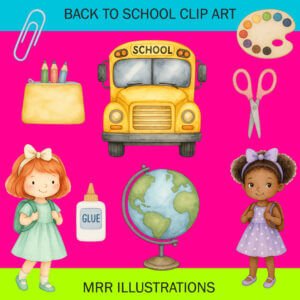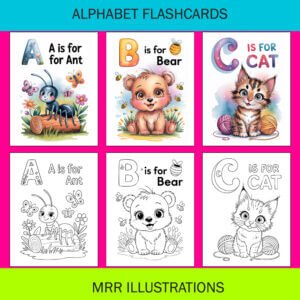Why Simple Sells – The Secret Power of Basic Coloring Books on KDP
If you think intricate floral mandalas are the only path to success in the KDP coloring book world, think again. Some of the highest-selling coloring books on Amazon are as simple as they come. Think chunky outlines, minimal detail, and easy-to-color pages. Let’s unpack why basic coloring books often outsell their ornate cousins and how you can create your own without going cross-eyed in Illustrator.
Understanding the Buyer: Who Actually Buys Simple Coloring Books?
Before you open Photoshop or start sketching, ask yourself: Who are you really creating for? While adult hobbyists love detailed designs, there’s a huge segment of KDP buyers looking for something else:
- Parents: They want books that keep their kids occupied—without frustration.
- Teachers: Simple designs are perfect for classrooms and quick activities.
- Therapists: Simple coloring pages can help clients focus and relax. Overly complex ones? Not so calming.
- Seniors: Large print and basic shapes win every time with reduced vision or motor skills.
This isn’t just theory. Search results on Amazon show thousands of reviews for basic “things that go” coloring books, dot-to-dot books with numbers 1 through 10, and animal-themed outlines that even a toddler could color. This isn’t accidental. Simplicity solves problems.
Why Overdesigning is a Trap
Many first-time creators go full Da Vinci on their first coloring book with hyper-detailed flowers, complex shading, layers of line work. Then they wonder why it doesn’t sell. Here’s what’s happening underneath the hood:
- It intimidates buyers. A customer flipping through your “advanced” mandala book might like the look, but if they can’t see themselves finishing a page, you’ve lost them.
- Time commitment works against you. Not everyone has an hour to fill in a single page. A lot of people color for quick breaks.
- You lose the repeat customer. When it takes months to finish one book, they don’t need the next one anytime soon.
Simple designs solve these problems. They feel accessible. They encourage people to color more and when they finish your book, guess what? They go looking for the next one. Hopefully yours.
Ingredients of a Best-Selling Basic Coloring Book
Want to make a simple coloring book that actually sells? Here’s the formula that works over and over again:
1. Clear Themes
Don’t overthink it: dinosaurs, vehicles, animals, numbers, letters, shapes, these are themes that dominate KDP’s bestseller categories. “Bold & Easy Dinosaur Coloring Book For Kids Aged 3- 6” is more likely to sell than “Spirit Mandalas for Inner Peace.” If your book makes it clear what’s inside, you’re halfway there.

2. Bold Lines
Your art doesn’t need to be museum-ready. What it does need is thick, easy-to-color lines. Thin outlines look lost when printed on Amazon’s paper, especially when kids use markers. Big bold lines also help with motor coordination and reduce coloring errors.
3. Fewer Details
Each page should focus on a single item or concept. For example, a cute dinosaur centered on the page, with no background clutter. This allows the colorer to actually finish a page and feel good about it.
4. Room to Color
Leave plenty of white space. Don’t eat up real estate with text unless it adds value (like the animal’s name, for example). Let your audience go wild with crayons, colored pencils, or whatever they have at home.
The Truth About Clip Art and Licensing
You might be wondering if using clip art is cheating. It’s not. In fact, most KDP coloring books use licensed images and illustrations that creators edit and compile. The trick is to choose a reputable source and make minor tweaks to create a consistent look and feel across your pages.
The law here is simple: if your license includes print-on-demand rights, you’re good. Just don’t throw 50 random images into a PDF and call it a book. Organize them by theme. Use consistent art styles. Add your logo or creator name on each page footer if you want to brand it.
Marketing a Basic Coloring Book (Without Spending a Dime)
You don’t need ads to get noticed, but your listing has to work hard. That means:
- A title that spells it out. “Easy Dinosaur Coloring Book for Kids Aged 3-6” will outsell “Rawr-some Reptilian Fun” every time.
- Smart keywords in your subtitle and description. Think like a buyer, not a marketer. What would a parent type in the Amazon search bar?
- A strong cover that matches the inside vibe. If your pages are simple, the cover should be too. Use bold colors and a friendly cartoon style.
- Preview images in your A+ Content. Show off a few sample pages. If buyers see what they’re getting, trust goes up and refunds go down.
It Doesn’t Have to Be “Creative” to Be Profitable
Let’s be honest. There’s a weird pressure in creative work to constantly impress. But the most commercially successful coloring books are often the most boring to make. They repeat shapes. They reuse templates. They feel a bit silly during creation—but they sell. They meet a need. They get downloaded, printed, and used.
If you want to pour your soul into one intricate book a year, go for it. But if you’re looking to build a steady stream of income, build a library of useful, simple, usable coloring books.
The Takeaway
Simple coloring books aren’t a shortcut, they’re a smart strategy. By focusing on what real people want, not what looks impressive to other creators, you give yourself a better shot at actual sales. Strip it back. Make it easy to color. Let the simplicity work for you.
One more thing? Keep it fun. If you’re bored while making your book, your buyer probably will be too. Check out all these hand-drawn coloring pages that you can use to expand your publishing/printables business.






